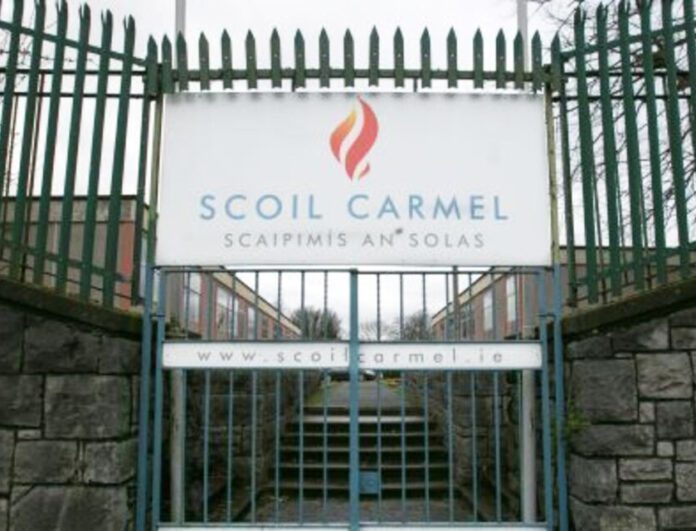
PLANS to develop the former Scoil Carmel in Limerick City as a medical and surgical hub to help alleviate hospital overcrowding and lengthy waiting lists have hit an obstacle with planners citing concerns around traffic congestion.
University Hospital Limerick previously entered a planning application for two new operating theatres and two procedure rooms in a state-of-the-art development hoped for the former Scoil Carmel site on O’Connell Avenue.
However, this week planners reviewing at the application on behalf of Limerick City and County Council told the hospital to go back to the drawing board, requesting a redesign. Council planners also cited fears about traffic congestion on the busy road, adding that the entrance “appears to encroach on to O’Connell Avenue”.
As many as 15 other objections were raised by local residents in the area, some of whom said that when the school was used as a hub for Covid vaccinations, people parked in front of gates and blocked them into their homes.
Others expressed concerns that the existing parking spaces are already taken up by people working in the city, making it more likely that people will park in places they aren’t supposed to.
The speed of cars entering and leaving the area is also a problem, objecting residents claim, with other concerns referencing the felling of mature trees for the project. Another complainant worried that the hub would impact daylight in their home.
It has been proposed that the new surgical hub will operate as a satellite of University Hospital Limerick with key staff moving between the sites.
When completed, it would allow the hospital the ability to perform day and routine procedures outside of the acute hospital in Dooradoyle, and would reduce the need to cancel planned procedures in the face of regular massive overcrowding and high demand on the hospital services.
It is believed the hub could welcome as many as 150 patients a day.
When the project was first proposed, a statement on behalf of the hospital said that “surgical hubs are a key priority for the HSE and UL Hospitals Group in improving access for surgical patients and reducing waiting lists”.
“The Sláintecare Report (2017) calls for an end to long waiting times and sets out ambitious access targets. The report highlights the need for greater separation between emergency and elective care in order to create the ringfenced elective capacity to support achievement of the Sláintecare access targets.
“This has become an increasing problem in UHL in recent years with frequent cancellations of scheduled care patients to accommodate medical patients admitted through the emergency department and time-critical and emergency surgery.”
The HSE will have six months to provide a fresh solution to the council, after which a decision on the hub’s future can be made.









